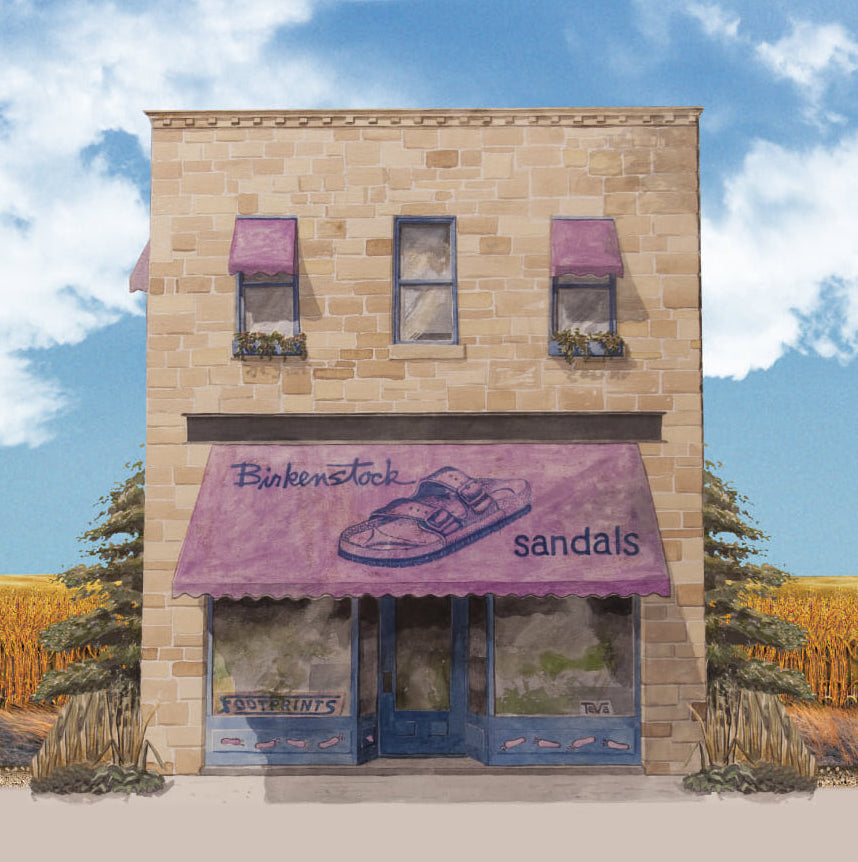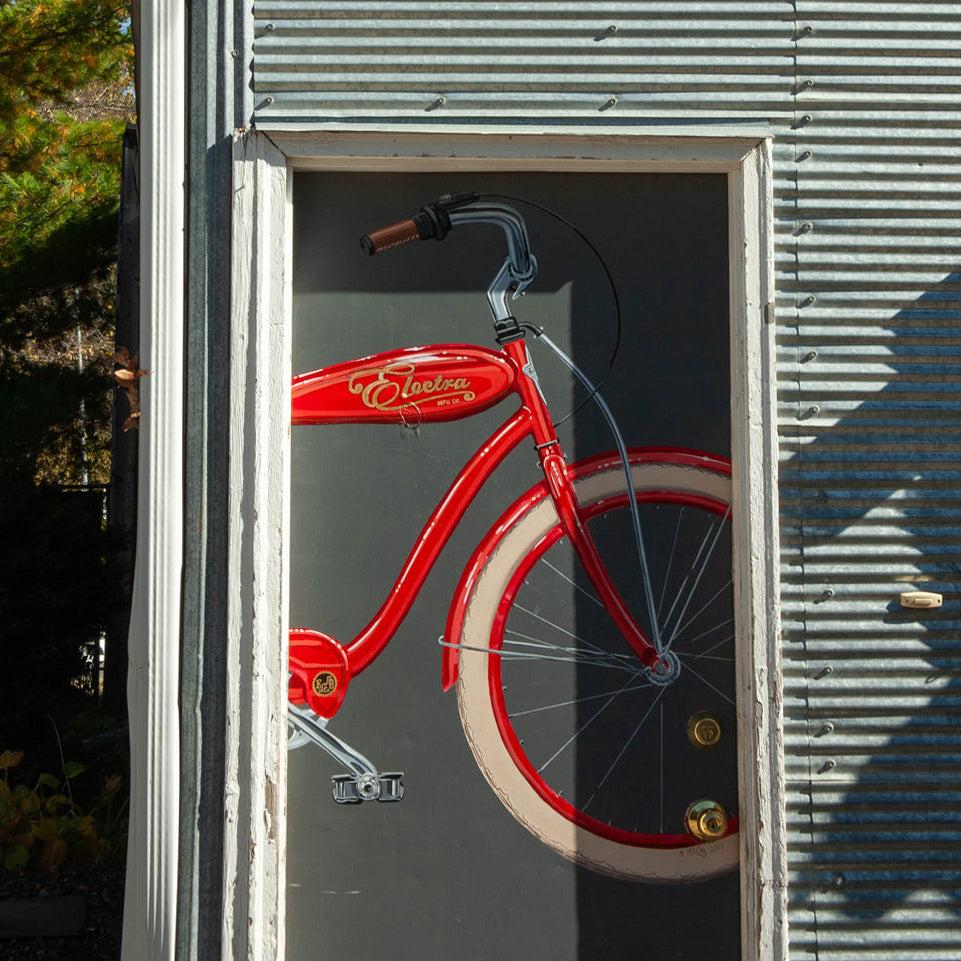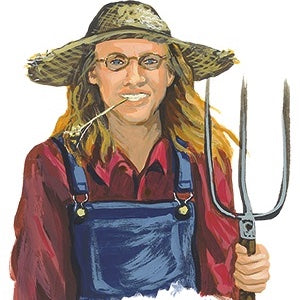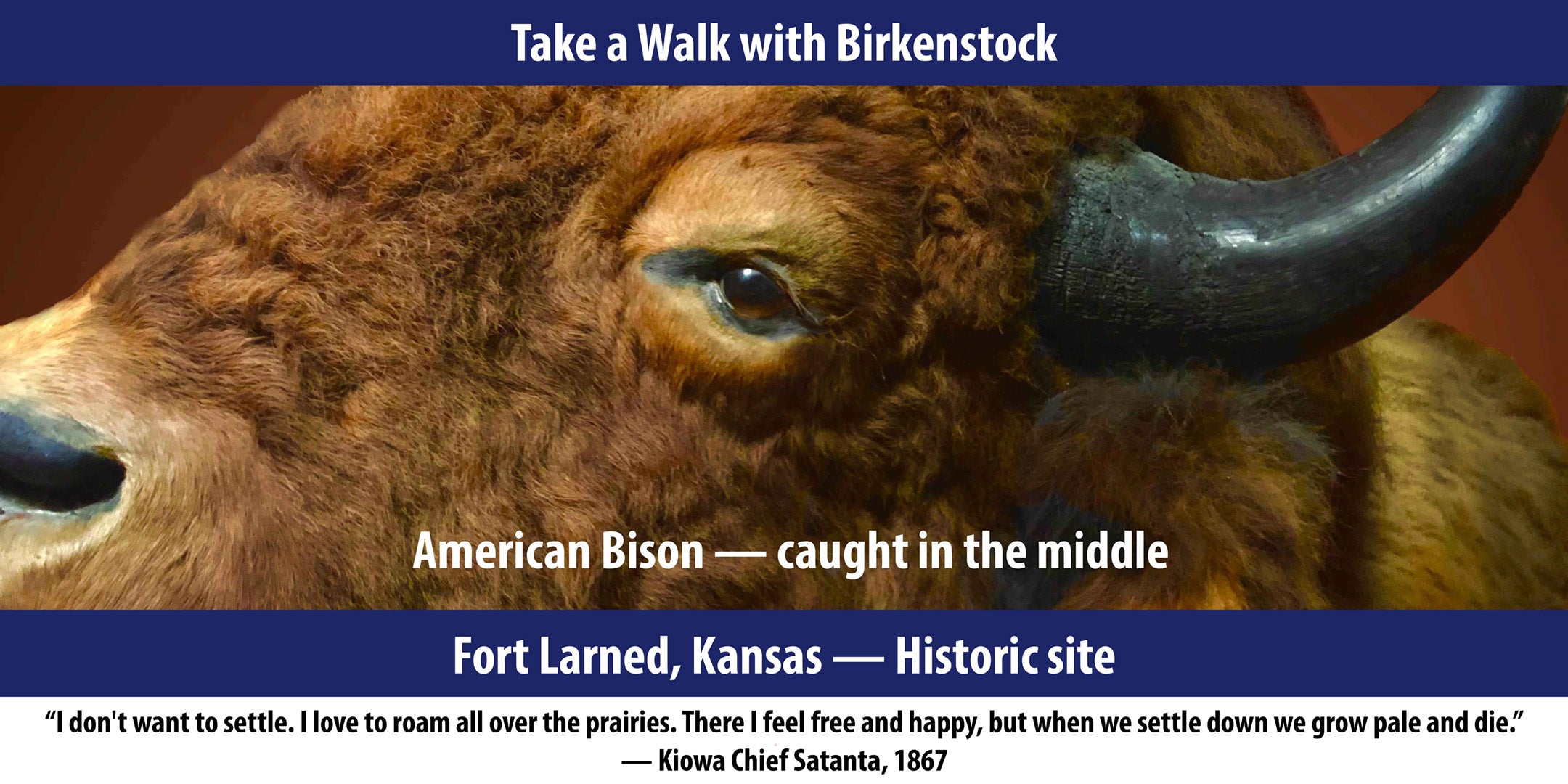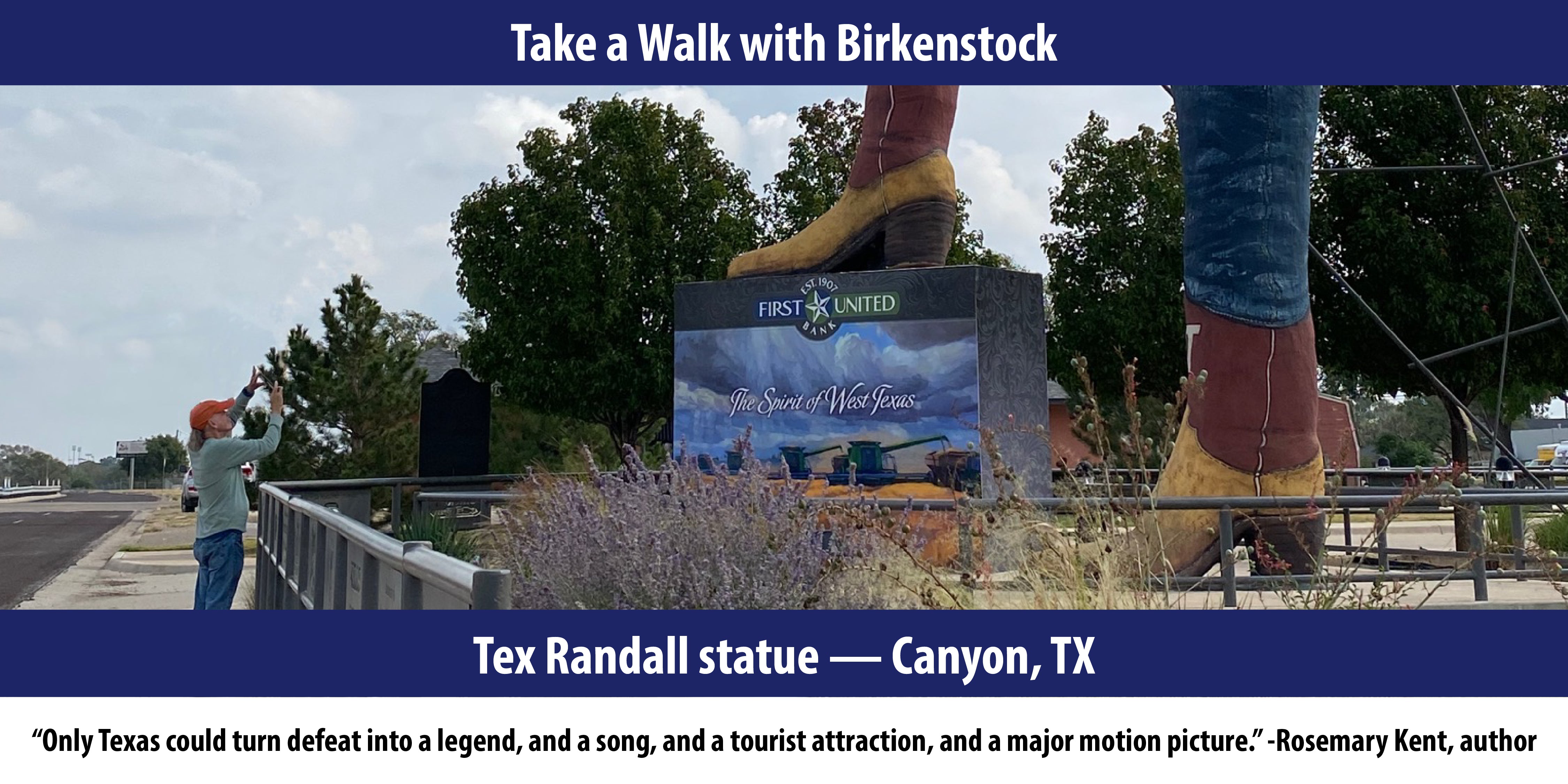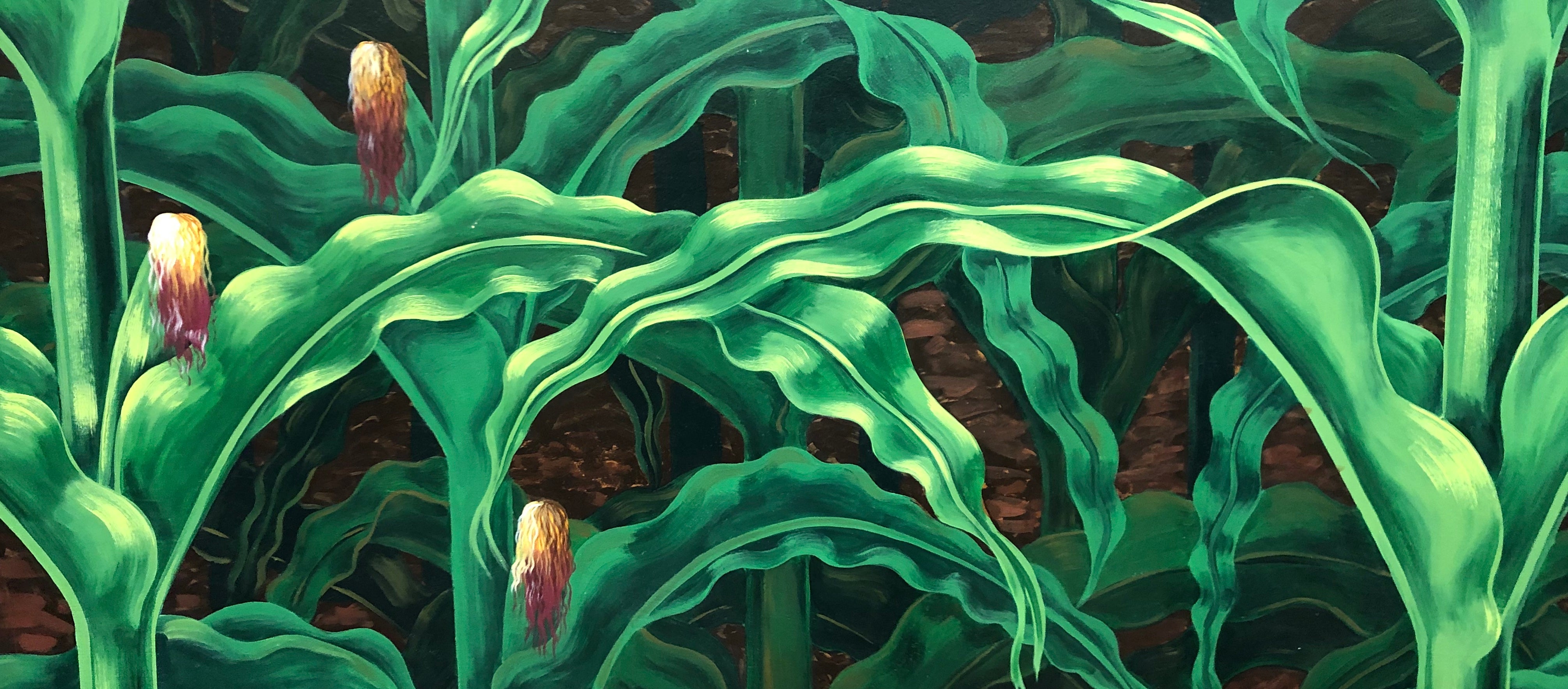As a kid, I avidly read the books of the Norwegian adventurer and ethnographer Thor Heyerdahl. His two books Kon-Tiki and Aku-Aku dealt with the original settlement and mysteries of Easter Island. Later, before I changed my major to history at the University of Kansas, I was an anthropology major. One of my professors had participated in the research described in Aku-Aku. Heyerdahl's theory that Easter Island was discovered and settled by a race of red-haired white people sailing on balsa wood rafts from South America fascinated me, even though it is now a thoroughly discredited theory. When the chance to join an archaeological dig on Easter Island presented itself, it was a dream come true for me.

The island is about as isolated as you can possibly get on this planet, 2,182 miles west of Chile. The nearest inhabited island is more than a thousand miles away. The presence of hundreds of giant Moai carved from volcanic rock creates an otherworldliness that confounds your imagination. Who built these statues and how? The weight of the island's history is all around you.

Beyond the stark beauty, three lessons were impressed upon me about this magical place.

Lesson # 1:
Amazing things are possible if people can work together in a common cause. A thriving industrious culture decided to carve, transport, and erect these magnificent statues. Armed with crude tools, ingenuity and time, hundreds of Moai were carved out of the side of a volcano, transported miles away to be erected upon platforms called Ahus. This would be a daunting task even with today's power tools and heavy equipment. This obsession continued for 250 years beginning around 1250.

Lesson # 2
The over exploitation of nature leads to death and destruction. Manufacturing the Moai used lots of trees. Deforestation caused topsoil erosion, elimination of natural springs and depletion of viable farmland. Once the resources were used up, the once thriving culture collapsed. Without trees they could not even build canoes to leave.


Lesson # 3
When advanced western cultures meet indigenous cultures, death and destruction follows. When the Europeans arrived in 1722 the local population was somewhere between 2,000 to 3,000. By 1877, the local population the population dwindled to just 111 as a result of introduction of European diseases and the slave trade.

As you walk the trails of the island, the accomplishments of these pre-industrial people are beyond impressive. It makes you want to set higher goals for yourself. Their success and ambition still baffle scientists. How could they accomplish so much with so little? The backstory is a valuable cautionary tale, if we are willing to think about it.

Take a walk with Birkenstock.
















